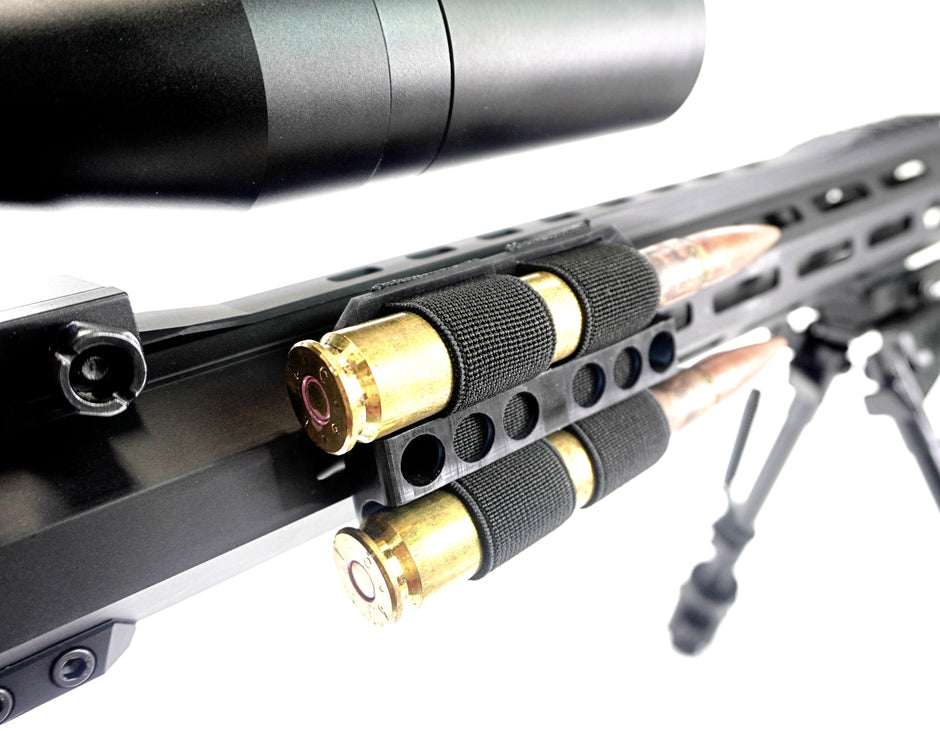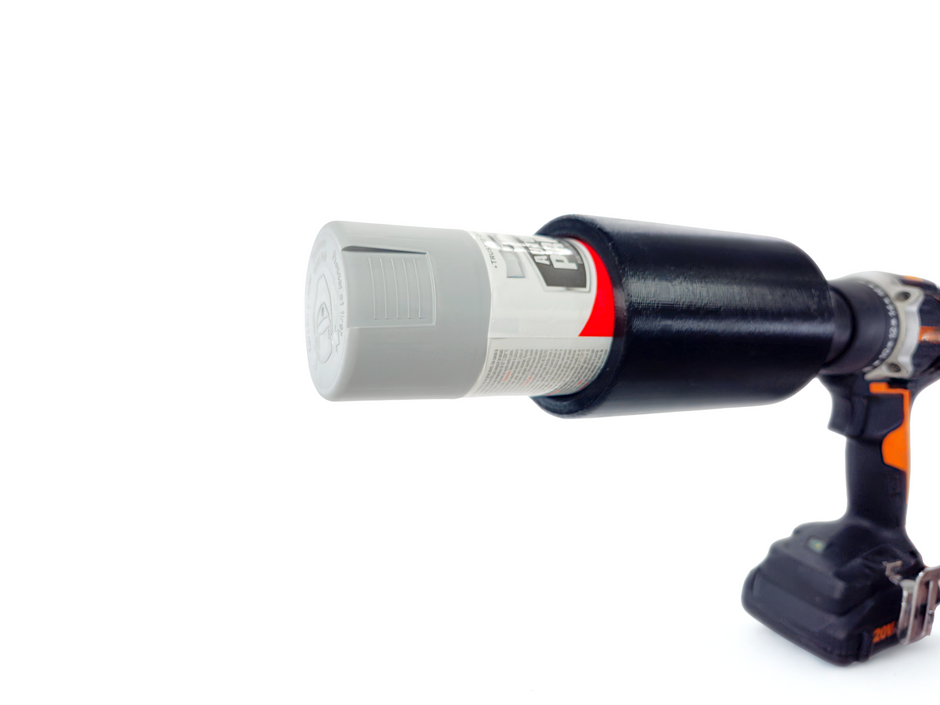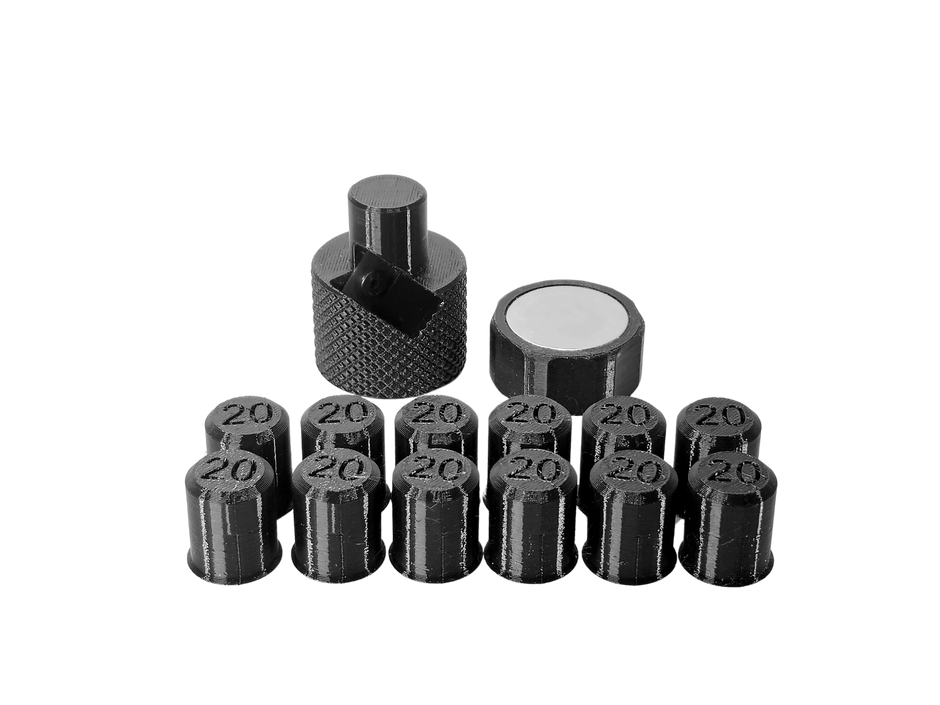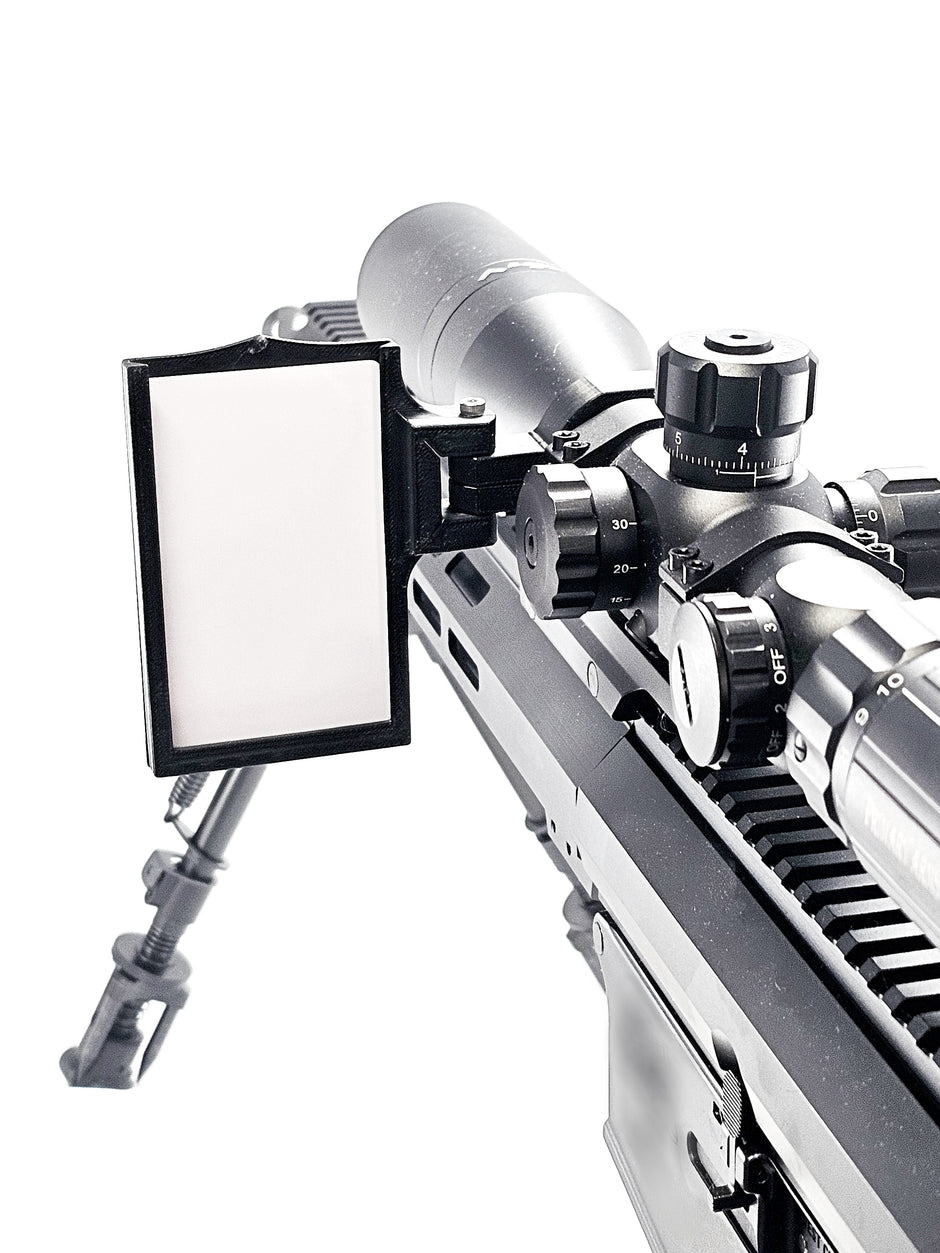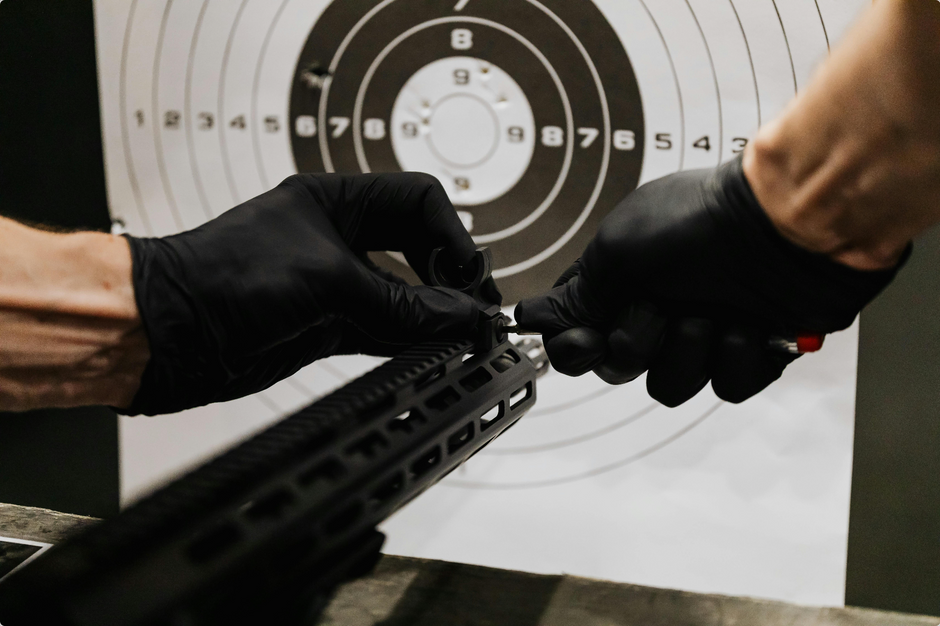(Includes 5 Must-Have Bookbinding Tools!)
Starting a new hobby or business like bookbinding? Unsure of the proper and quality materials to purchase with this new craft? We hear you!
With a wide array of supplies, materials, tools or equipment to choose from for bookbinding. The selection process can be crucially draining, thus this article will happily guide you to buying the right materials for bookbinding.
What is Bookbinding?
Bookbinding is a type of craft technique which physically puts together a book or codex from a stack of individual paper sheets. This ancient craft technique has been practiced and used since the old times to produce a book.
Today's modern bookbinding is split into two types which are hand binding where an individual craftsman book binds in their shop or area, while the other is commercial binding where they can mass-produce books by using high-speed bookbinding machines in the factory.
Book binding is indeed a combination of skills from other craft techniques (be it modern or old techniques) such as paper and fabric crafts, leather work, model making, and graphic arts. These techniques do require knowledge on a numerous variety of book structures along with the internal and external details of book assembly, (most especially what materials are needed).
5 Must-Have Bookbinding Tools
Now that the bookbinding techniques are enumerated, let's move on to what tools are used for every bookbinder craftsmen out there.
Punching Tool
A punching tool helps the bookbinder or craftsman arrange all the stamps or trademarks of a book his or her client is working on in an interchangeable manner. This tool helps guide the binder to the holes for sewing, making sure they’re aligned and in the exact location from the top to bottom.
With a metric awl guide of over 225mm long, has holes every 5mm, and has demarcations for 10mm and 15mm holes. The imperial awl guide is 9 inches long, has holes every 1/4 inch, and has demarcations for 1/2 inch holes. Each holes is numbered for the convenience and easy identification of its user.
Piercing Awl
When using awls, the user must be very careful since this tool is sharp and pointy. This tool has a sharp and pointy tip because it's used to punch holes through thick fabrics, cardboard, and paper before sewing them together. Users and new craftsmen should also know that there are a number of awls they can use. Here are some tips to help you buy the right one:
- Tapered Awl – This awl is used for materials like fabric, vinyl, paper, leather, fleece, plastic and the like. Its handle is a usual rounded soft end for the convenience of its holder.
- Diamond Awl – As the name suggests, this type of awl has a diamond-shaped tip used to make holes in any leather without making a big opening.
- Threaded or Needle/Sewing Awl – This awl has an opening on the metal needle tip for the thread. It's used to sew together thick materials like leather and the like.
Knives and Cutting Mat
Cutting mats and knives help cut papers accurately. Just a little pro tip when shopping for one is to make sure to buy high quality ones that don’t leave a cut mark when you glide your blade on it.
Sewing Frame
A sewing frame is an essential bookbinding tool to bind a book in a Western style type of sewing on supports. To keep linen or papers aligned, you'll need a sewing frame to help you stitch up the pages of your book.
Press and Tub
The pages of your book will need to be pressed and flattened with a press and tub. You can use the press and tub to keep everything clean and aligned while you sew your book, hammer-back the sewn book, and trim the board edges.
There are a lot more tools you can use as you go along but these five will definitely help you as a beginner. Now, to finish off this mini tutorial, check out the different types of bookbinding in the next section.
Types of Bookbinding
While there are a lot of ways to bind a book, creative bindery and experts keep coming up with new ones all the time. It can be overwhelming especially to starters but don’t worry, we got you covered.
Saddle Stitch Binding
Saddle-stitching is one of the easiest ways to clinch together printed sheets of paper that are folded in half. Use this type of bookbinding for smaller documents which results in magazines, pamphlets, brochures and the like.
Case or Hardcover Binding
Case binding or hardcover binding is by far the most sought after bookbinding technique. In fact, back in the past most if not all books were hard-bound. Pages are folded, assembled, glued to the endpapers, and then glued to the spine of the cover.
Wired, Comb or Spiral Binding
This type of binding is commonly used for short-run books like cookbooks, manuals or notebooks.
In wire binding, pages are trimmed and assembled, then holes are punched on one side, then a wire is used to clamp the pages together. On the other hand, spiral binding has the same process as wire binding, only difference is the holes are threaded together using a plastic spiral.
Perfect or Soft Cover Binding
Soft cover binding is similar to case binding, the only difference is the use of a softer or lower quality cover. The result of this type of bookbinding can generally be seen in bookstores. These pages are folded, assembled, sewn, then glued into a cover to form a squared-off spine.
With time, new types of bookbinding techniques emerge. Regardless of how many there are, the top four are the most commonly known and used. If you have a limited budget and want to save a little, a Saddle Stitch, Wired, Comb, or Spiral, and Perfect or Soft Cover Binding may be the best choice.
Compared to others, case and hardcover binding are a bit more expensive, since they require more materials and tools.
Final Thoughts
Starting a new hobby like bookbinding is indeed challenging, most especially with the materials you will need. Hopefully this article has served its purpose in guiding you to what materials you should get and what bookbinding technique is best suited for you.




